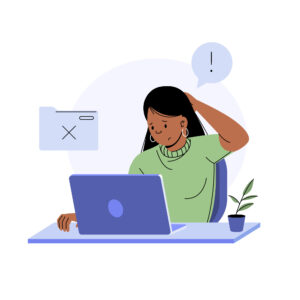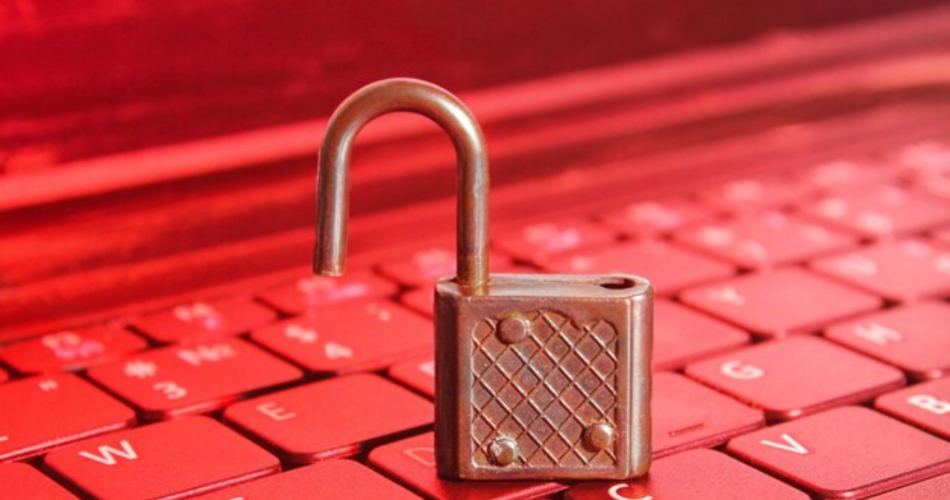Have you ever visited your own website, only to be greeted with a dreaded “Not Secure” warning? If so, you’re not alone. This warning is a common issue that can cause your visitors to run and your credibility to plummet. But don’t worry—it’s fixable!
In this post, we’ll break down why your website says “Not Secure” and how you can fix it with Kwikaweb.
What Does ‘Not Secure’ Mean?

The “Not Secure” warning is your browser’s way of letting you (and your visitors) know that your website isn’t using a secure connection. This happens when your site lacks an SSL (Secure Sockets Layer) certificate, which encrypts the data between your website and its visitors.
Without this encryption, sensitive information like passwords, credit card details, or personal data can be intercepted by hackers. The “Not Secure” label is especially concerning for visitors, who might hesitate to engage with your site, fearing their information is at risk.
Common Causes of the ‘Not Secure’ Warning
There are several reasons why your website may display this warning. Let’s explore the most common causes:
- No SSL Certificate
This is the most frequent cause. An SSL certificate ensures that your website has an encrypted connection. Without it, your site is flagged as unsafe by browsers like Google Chrome, Firefox, and Safari. - Expired SSL Certificate
Even if you have an SSL certificate, it needs to be renewed regularly. If your certificate has expired, your website will still show the “Not Secure” message until it’s updated. - HTTP Instead of HTTPS
Websites that are still using the old HTTP protocol instead of the secure HTTPS protocol will trigger a “Not Secure” warning. HTTPS is now the standard for all websites, so if your site hasn’t made the switch, it’s time to do so. - Mixed Content Issues
If some elements on your website (like images, videos, or scripts) are still being loaded over HTTP while the rest of your site is HTTPS, this can trigger the warning. Browsers expect all content on the site to be secure.
Why Does It Matter?
You might be wondering why this warning is such a big deal. Well, here are a few reasons:
- Trust and Credibility
When visitors see “Not Secure,” they may hesitate to trust your website. This is especially true if you handle sensitive information, like customer details or payment processing. People are less likely to engage, submit forms, or make purchases if they don’t feel their data is safe. - SEO Ranking
Google uses website security as a ranking factor. If your site isn’t secure, it can negatively affect your SEO, pushing you down the search engine results pages (SERPs) and making it harder for customers to find you. - Increased Bounce Rates
Visitors are more likely to leave your site immediately upon seeing a “Not Secure” warning. This leads to higher bounce rates and lost sales opportunities.
How to Fix the ‘Not Secure’ Warning
Now that you know why this warning appears, let’s look at how to fix it.
1. Install an SSL Certificate
The most important step is to install an SSL certificate for your website. An SSL certificate ensures that all data transmitted between your website and your visitors is encrypted and secure. With Kwikaweb, we provide free SSL certificates with all our hosting plans, so you’ll never have to worry about this again.
2. Redirect HTTP to HTTPS
After installing your SSL certificate, make sure to redirect all traffic from HTTP to HTTPS. This ensures that visitors automatically access the secure version of your website, without you needing to update every single link manually.
3. Renew Your SSL Certificate Regularly
SSL certificates expire, so it’s essential to stay on top of renewals. At Kwikaweb, we offer hassle-free SSL management, so you’ll get reminders before it’s time to renew. Or, better yet, choose our automatic SSL renewal option for uninterrupted protection.
4. Fix Mixed Content Issues
If your website is still loading some elements over HTTP, it’s important to update those URLs to HTTPS. This can include images, JavaScript files, CSS files, or any other media. Kwikaweb’s support team can help you identify and fix any mixed content issues.
5. Use a Secure Hosting Provider
Choosing the right hosting provider is crucial. At Kwikaweb, we prioritize security and ensure that our hosting services include the latest security protocols, making it easy for you to maintain a secure website.
Why Choose Kwikaweb?
At Kwikaweb, we don’t just build websites—we offer reliable and secure web hosting, making sure your website stays up and running smoothly. Whether you’re launching your first website or upgrading your existing one, we provide the foundation your business needs for a secure and successful online presence. Here’s how we keep your site secure:
- Free SSL Certificates: Included with all hosting plans.
- Automatic HTTPS Redirection: To ensure all your site traffic is secure.
- Advanced Security Features: Protection from malware, DDoS attacks, and more.
- 24/7 Support: Our team is always here to help you resolve any security issues.
Your website’s security is not something to take lightly. The “Not Secure” warning can hurt your business’s credibility, scare off potential customers, and damage your SEO. But the good news is, with the right tools and hosting partner, this issue is easy to fix.
Take control of your website’s security today with Kwikaweb. Our reliable hosting solutions, free SSL certificates, and proactive support will keep your site secure and your visitors confident. Ready to secure your website? Click here.
Also read Why Are SSL Certificates Important?
